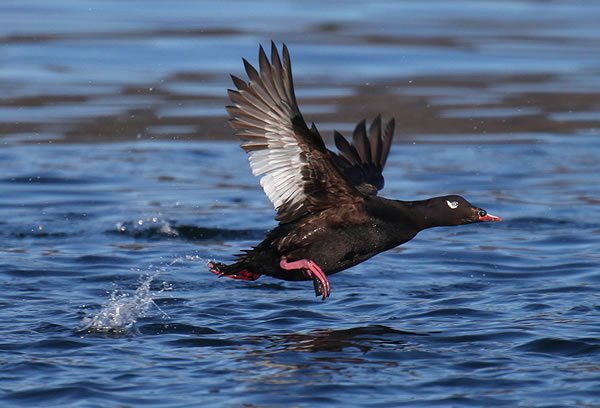Sea duck abundance, habitat associations and productivity in the Hudson Bay Lowland

Project Number: 110
Year Funded: 2008
Lead Institution(s): Ontario Ministry of Natural Resources
Project Lead: Rodney Brook
Collaborator(s): Kenneth Abraham, Kevin Middel, R. Kenyon Ross
Location: Ontario
Focal Species: Black Scoter (Melanitta americana), Surf Scoter (Melanitta perspicillata), White-winged Scoter (Melanitta delgandi)
Project Description: Concern about declining populations of sea ducks counted on the wintering grounds prompted a survey of sea ducks on the breeding grounds in the Hudson Bay Lowlands of Ontario in spring 2009. We estimated densities of breeding scoters (Surf Scoter, Melanitta perspicillata, White-winged Scoter, M. fusca, and Black Scoter, M. americana) and found the average estimates of Surf Scoters (x – = 0.11 indicated pairs/km2) and Black Scoters (x – = 0.16 indicated pairs/km2) to be as high as some of the highest reported for North America. We also conducted a habitat association analysis using resource selection functions (RSF) for indicated pairs of all scoter species combined at a scale of 250 m. Breeding pairs of scoters in the Hudson Bay Lowlands appear to have an affinity for smaller wetlands (≤100 ha) disproportionate to what is available, also avoiding lakes (i.e., wetlands >100 ha). Pairs were also found in areas with less forest cover and fen area than was available. An estimate of the area under the curve of the receiver operating characteristic suggests that these habitat association models have some utility. Once tested and validated with surveys beyond the current study area, these models can be refined and used to predict habitat use by breeding pairs of scoters in the Hudson Bay Lowlands; this information will be particularly useful for population estimation and land use planning.
Project Reports:
